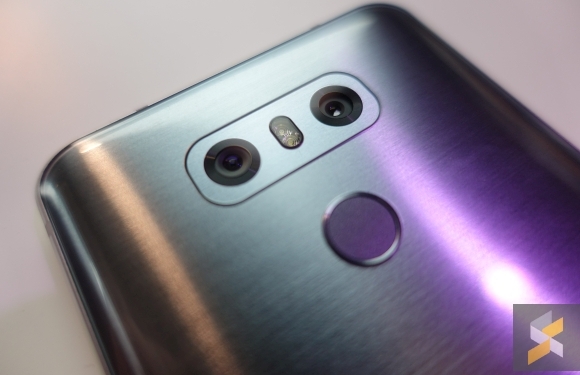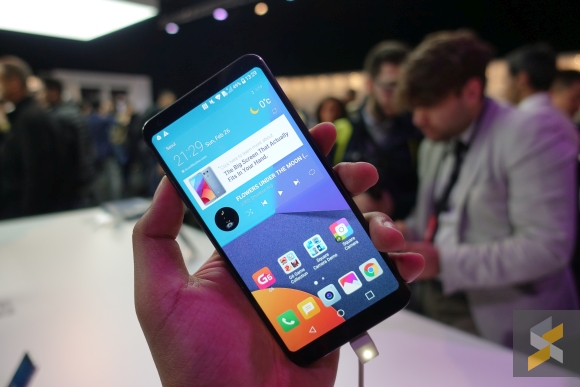I wasn’t expecting too much from LG‘s G6. Last year’s G5 was a whole lot of hype, a whole lot of excitement and also a whole lot of disappointment. They were ambitious, but rubbish and that’s just a big shame. This year, I’m happy to report that LG has been wise. They chose to keep (and improve) the one feature I liked about the G5 and started from scratch with everything else.
But is it enough?
Before we answer that, let’s take a quick look at what LG ditched with their brand new G6. First off, they ditched the G5’s modular system. LG promised the world with that system but they simply got their butts handed to them by Moto and wisely chose to abandon that idea.
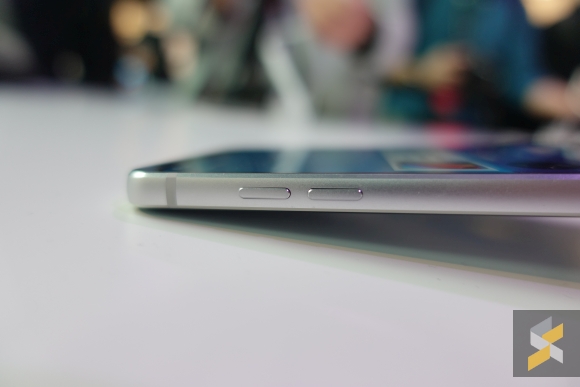
In its place, you get an excellent smartphone body. It feels premium, is nicely weighted and the metal and glass elements really blend well together. You also get IP68 water-resistance which is always welcomed. However, with this new unibody build, LG has also ditched the removable battery. This new 3,300 mAh unit stays put, but it’s bigger than the G5’s cell and supports fast-charging so I’m honestly OK with that.
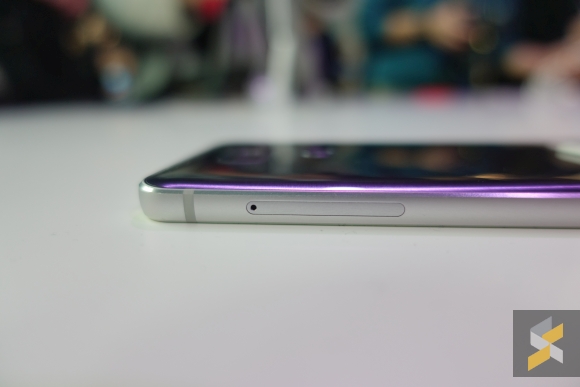
And then you’ve got the performance specs. LG’s G6 is powered by a Snapdragon 821 processor, 4GB of RAM and 32GB/64GB of internal storage. Those are by no means bad specs, though spec sheet readers will be disappointed at the lack of a Snapdragon 835 chip.
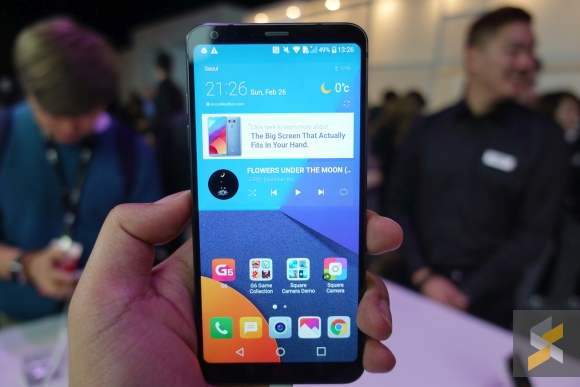
Then, there’s the elephant in the room — the LG G6’s massive 5.7-inch QHD+ LCD display that feels…absolutely tiny in my hand. Now, I’ve used 5.7-inch phones that are large, like the Google Nexus 6P, and I’ve used those which are small, like our dearly departed Note7 but LG’s G6 still feels positively tiny.
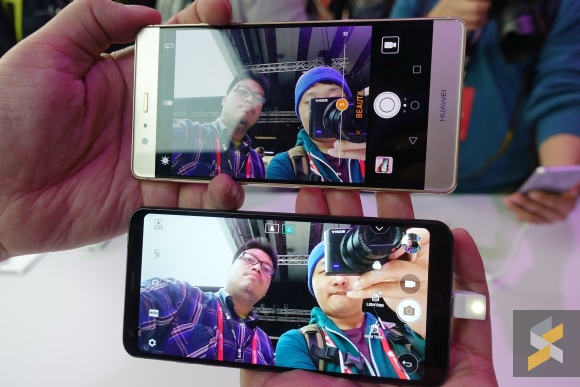
Here’s what it looks like next to a Huawei P9 Plus
When I picked it up, I was just befuddled at how they managed to cram such a display into a form factor that feels more like a 5.2-inch device. I guess the whole Full Vision 18:9 aspect ratio does work and it works wonders with keeping that size manageable. Though, I also suspect that when LG said they spent a lot of time on ergonomics, they were telling the truth. Unlike Xiaomi’s Mi MIX (admittedly a bigger phone) — which was a nightmare to hold and use — the G6 feels really comfortable with enough of a chin and forehead (as well as side bezels) so you don’t always feel like you’re touching the display.
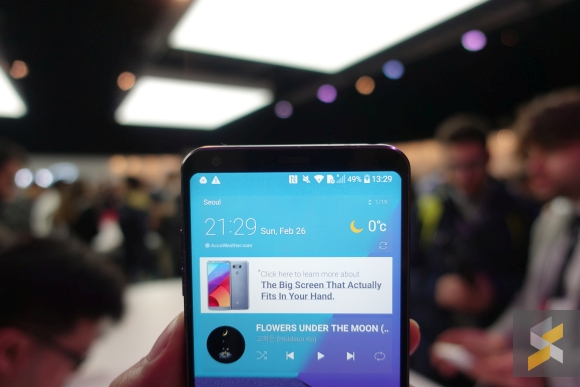
Despite having a large screen-to-body ratio display in front, there is still space in front for a wide-angle 100-degree 5MP selfie snapper and earpiece. Moving around to the back is where LG kept one of my favourite features from the G5 — the wide angle camera. Alongside the regular 71-degree 13-megapixel shooter, you also get a 13-megapixel 125-degree wide-angle camera — up from the 8MP wide camera on the G5.
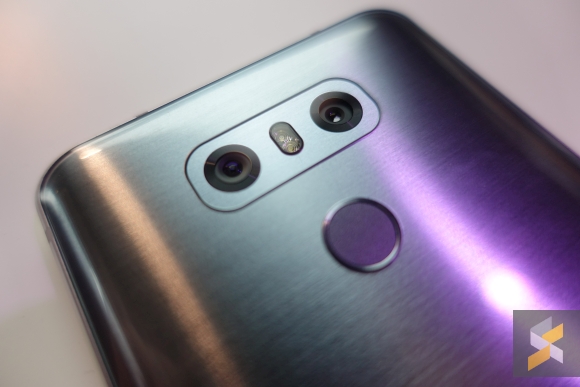
However, this wide-angled camera does have a slower f/2.4 aperture lens and lacks OIS, but when you’re taking such wide shots, it probably won’t matter as much. On the standard 71-degree snapper you get an f/1.8 aperture lens and OIS.
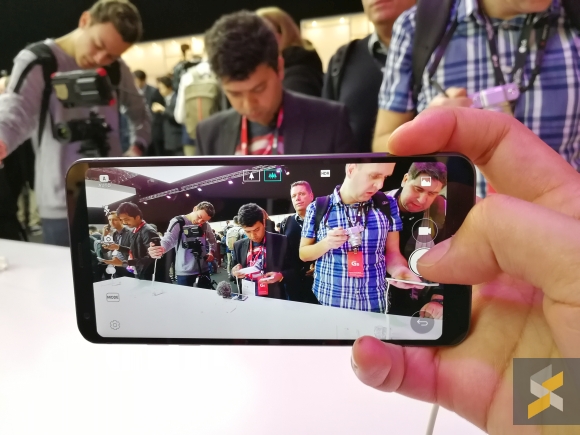
Wide
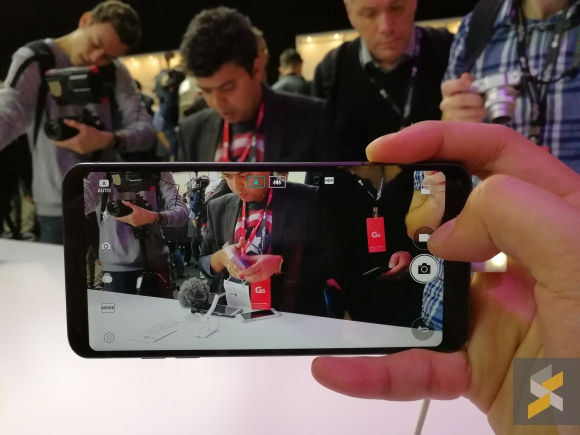
Narrow
LG said they worked with Qualcomm to develop a seamless transition between the wide and narrow lenses when zooming. Does it work? Well, not really. It’s pretty smooth, but you can definitely notice when it switches from one to the other.
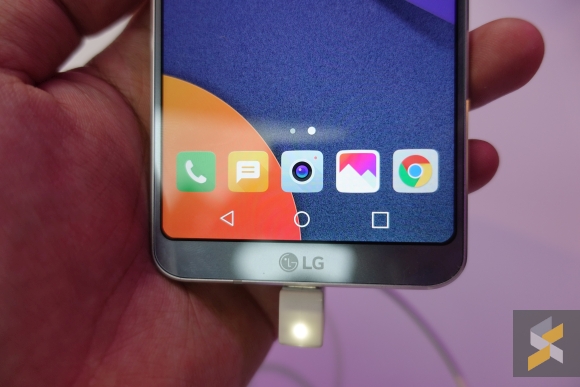
Finally, the big standout feature of the G6 lies in its software. This is one of the few smartphones that will ship with the new Google Assistant and Android 7.0 Nougat. This is great news because Nougat and the Assistant are awesome features. But, I really don’t like LG’s heavy skin on top of Nougat — and their removal of the app drawer — so that’s a huge bummer for me.
That said, this new UI is supposed to take full advantage of the 18:9 aspect ratio display, however, I wasn’t really able to test this part out.
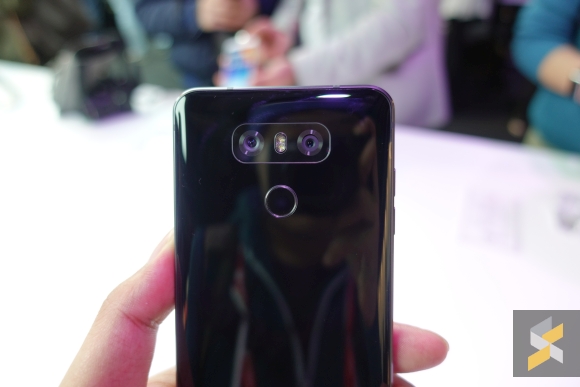
When I left the G6’s launch hall, I was impressed. The G6 definitely gets a lot of things right and it is a very sensible smartphone. But I also couldn’t come up with a reason why I’d pick this over Huawei’s new P10 or probably even the upcoming Samsung Galaxy S8. The G6 doesn’t really distinguish itself from the pack. I mean, sure the screen is pretty cool, but it doesn’t have the weight of something like Huawei’s awesome monochrome Leica camera, or the Galaxy S8’s insane (alleged) curves.

LG’s new phone is a very practical device and although that’s not necessarily a bad thing, it didn’t really leave a wanting in my heart — at least not after my first impressions. Maybe that will change after a full review but we’ll have to wait to find that out.
In the meantime, let me know what you guys think of LG’s new flagship. Would you pick this over the other flagships like Huawei’s P10 or even Samsung’s upcoming Galaxy S8? Drop a comment with your thoughts below.
Photos shot on Sony RX100 V.

